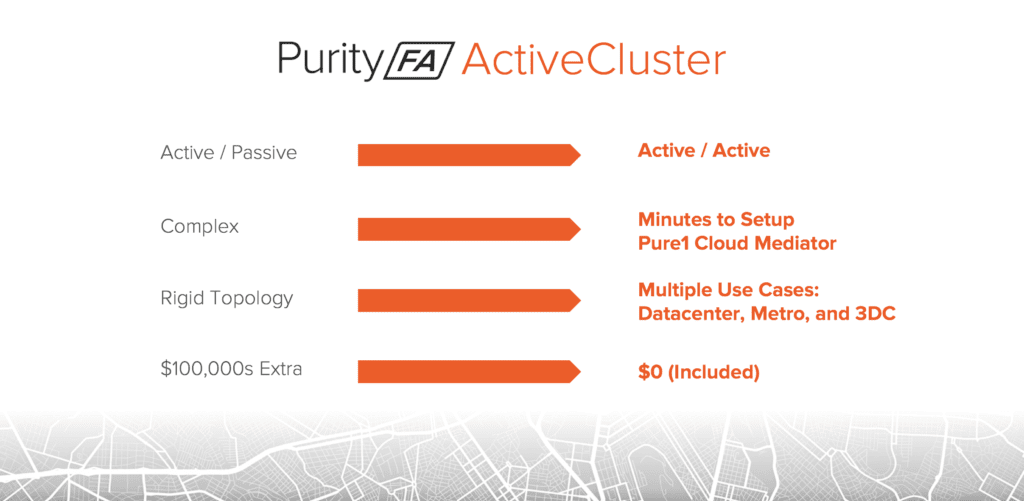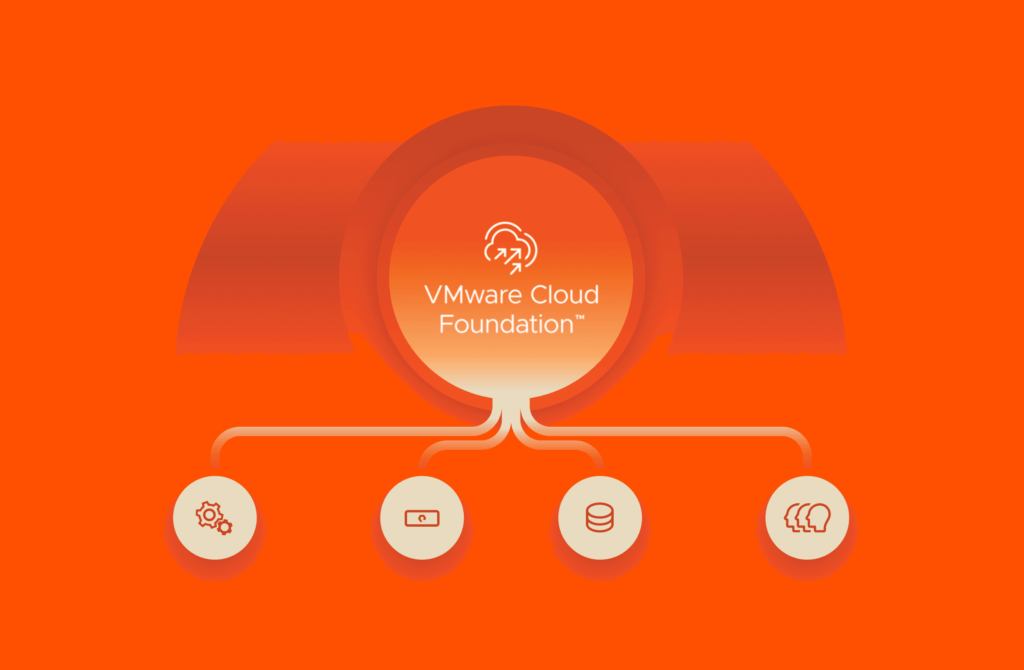Kremsmueller is a large Austrian construction company with operations worldwide. Alexander Ietan, who oversees all of the company’s IT infrastructure, shares his experience with Pure Storage’s new ActiveCluster solution for business continuity and disaster recovery.
![]() Our two data centers are located in the small town of Steinhaus in northern Austria, but their reach is worldwide. Employees who oversee construction projects are connected to the data centers from some 35 international sites, and they need access to files and applications 24/7. Consequently, our IT infrastructure has to be always-on or our business comes to a standstill. A critical piece of that infrastructure must be a robust, yet simple to run business-continuity solution.
Our two data centers are located in the small town of Steinhaus in northern Austria, but their reach is worldwide. Employees who oversee construction projects are connected to the data centers from some 35 international sites, and they need access to files and applications 24/7. Consequently, our IT infrastructure has to be always-on or our business comes to a standstill. A critical piece of that infrastructure must be a robust, yet simple to run business-continuity solution.
From 2003 until 2015, we used a storage infrastructure from a major vendor that included a synchronous mirroring solution for high availability and disaster recovery. In 2015, we installed two all-flash arrays from Pure Storage to support our major workloads – a virtualized server infrastructure using VMware vSphere, a virtualized desktop infrastructure using Citrix XenApp and XenDesktop, and Microsoft SQL Server databases. The Pure FlashArrays not only provided consistent sub-millisecond latencies and vastly superior data-reduction rates compared to our legacy storage, but also significantly reduced the demands on the IT staff for storage management, freeing them up for strategic projects.
At the time of purchase, Pure provided an asynchronous replication solution, and we looked forward to the day when a synchronous feature would be available. That wish came true in 2017, with the availability of ActiveCluster, which performs synchronous replication between remote sites automatically and transparently, without downtime, human intervention or added cost.

After testing ActiveCluster for two months, we installed it in February 2018. All volumes on our two Pure arrays are configured for ActiveCluster, which is the high availability and business continuity solution for our entire production environment.
During the test period, we simulated as many failure scenarios as we could think of – a complete site failure, array failures, data-line failures, controller failures, you name it. And we put workloads 10 times our normal production levels on the arrays, to stress them as much as possible. Not once were we able to create a situation in which ActiveCluster failed. That gives us great confidence in our failover solution. As one of my colleagues says, “I can sleep much better at night, because we never really knew if our old failover solution would work, when needed.”
Part of the reason we lacked high confidence in the past with the former solution was that disaster recovery testing was such a complicated process that, ironically, required downtime. Once you think your high-availability disaster recovery plan is in place, you don’t want to touch it, for fear of disrupting production services. That really is the difference with Pure’s approach.
Two aspects of ActiveCluster stand out in my mind. First is the ease with which it is implemented. This is in sharp contrast with our previous solution that took at least two weeks to implement, involving multiple steps and requiring the time of both our employees and technicians from the vendor. Everyone had to be on-site all the time. With ActiveCluster, that’s no longer the case. It literally required just a few hours to run configuration checks and to perform a nondisruptive software upgrade, which took minutes to install. As always with Pure, the work was conducted nondisruptively in the background with no impact to workloads or to my staff.
The specific steps required were to install an upgrade to the Purity storage software, version 5.0. This was handled remotely by Pure. After that, they performed a simple four-step process that takes less than 10 minutes. First, you connect the arrays. Next, you create a stretched pod, followed by a volume. Then, just connect the hosts. No manuals to follow, no consultants to hire. They’ve even added ActiveCluster set-up instructions to their business card sized Getting Started guide.

The second remarkable aspect of ActiveCluster is the value it provides. Besides avoiding very costly downtime, this solution is included as part of our subscription to Pure’s Evergreen™ Storage maintenance program where all new software features come with no additional charges. That compares to costs of typically $300,000 to $500,000 for the purchase of other failover components that are typically required, including extra software licenses and third-site mediator appliances or VMs that need to be managed separately.

One thing we love about Pure is the simplicity they engineer into their solutions. ActiveCluster comes with a cloud-based mediator that is part of Pure1®, their cloud-based predictive support engine. This means we don’t need to deploy or manage the mediator at a third site.
All of this cuts down not only the hard costs, but also soft costs such as the ongoing maintenance of additional infrastructure. ActiveCluster integrates very well with the VMware solutions we are already familiar with. We now employ ActiveCluster and vSphere HA, which is a VMware partner-validated vSphere Metro Storage Cluster configuration. We’ve even achieved savings in this regard. We previously needed two vCenter installations to accommodate failover. With ActiveCluster, we need only one.
On top of all this, ActiveCluster has the same ease of use we have become accustomed to with our FlashArrays. Not only does ActiveCluster require very little time to implement, but anyone on the IT staff can handle the task. Our previous solution required members of my staff to take two weeks off for training and this is certainly not the case with Pure.
Business continuity is critical for all businesses of any significant scale and Pure’s ActiveCluster is an easy solution that solves a historically complex and expensive problem.
Up Next: Citizen Potawatomi Nation Protects Its Heritage and Data
- Download “How to Achieve Breakthrough Business Continuity” white paper.
- Read security leader ESET’s blog on Simplifying Business Continuity
- Make business continuity effortless with Purity ActiveCluster.




